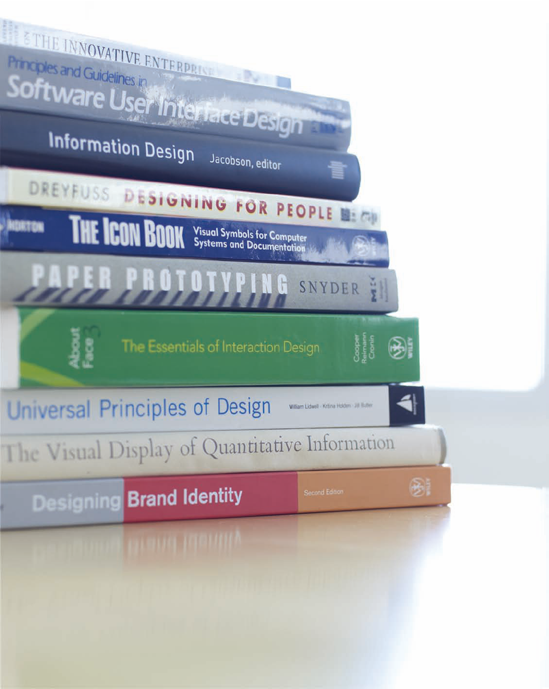Chapter 15. Principles and Patterns for Framework Design

Process, principles, and patterns are equally important to generating good solutions. While good process tools such as scenarios help ensure that you have an appropriate workflow and some objective criteria for evaluating decisions, a designer cannot be effective without an extensive vocabulary of design patterns to use as building blocks for solutions. Appropriate application of those patterns involves an understanding of certain key design principles in addition to persona goals; both help assess the best way to apply patterns.
This chapter contains a sampling of the principles and patterns that tend to be most important at this stage of designing form and behavior. Chapter 17 covers patterns and principles relevant to design language creation. These are by no means all of the principles and patterns you should know; a hungry mind will serve you well in building your design vocabulary just as it does in learning about users.
The Importance of Context
Always consider context when applying the design principles and patterns in this chapter (or from any other source). A pattern or principle that works well for certain types of users doing particular sorts of tasks on a specific platform might be entirely inappropriate to another context, just as a chef's knife is optimized for cooking, but a multi-function pocket knife is better ...
Get Designing for the Digital Age: How to Create Human-Centered Products and Services now with the O’Reilly learning platform.
O’Reilly members experience books, live events, courses curated by job role, and more from O’Reilly and nearly 200 top publishers.

